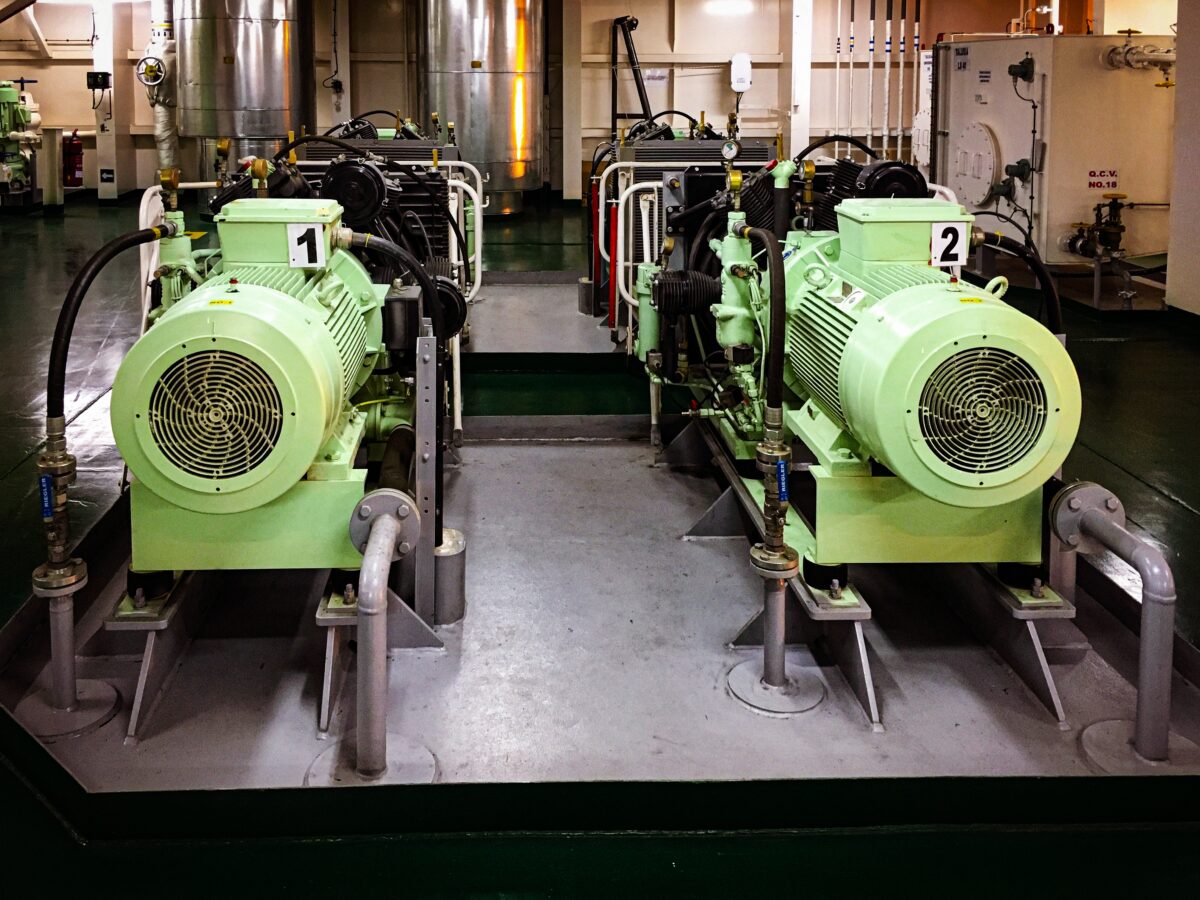Exploring the Pioneers of the Skies: Aerospace Manufacturing Companies
Introduction
The aerospace industry stands as a testament to human ingenuity and the relentless pursuit of progress. Aerospace manufacturing companies are at the forefront of this sector, crafting the vehicles that soar through our skies and beyond, into the vast expanse of space. These companies are not just manufacturers; they are innovators, explorers, and visionaries. They push the boundaries of what is possible, shaping the future of travel, defense, and exploration.
The Evolution of Aerospace Manufacturing
From the early days of the Wright brothers to the modern era of space exploration, aerospace manufacturing has undergone a dramatic transformation. The initial focus on simple, lightweight designs has given way to complex, sophisticated machines that can withstand extreme conditions and perform a range of functions.
The industry has been pivotal in major historical events, including wars and the space race, which have acted as catalysts for rapid advancements in technology and materials. Today, aerospace manufacturing companies are developing aircraft and spacecraft that are faster, safer, and more efficient than ever before.
Innovation at the Core
Innovation is the lifeblood of aerospace manufacturing. Companies in this field invest heavily in research and development (R&D) to bring cutting-edge technology to their products. This includes advancements in materials science, such as the use of composites that offer strength and durability while being lighter than traditional materials.
Aerospace manufacturers also prioritize the development of more efficient engines, avionics systems, and aerodynamic designs to reduce fuel consumption and emissions. This commitment to innovation ensures that the aerospace industry continues to drive forward, offering solutions that benefit both the sector and the environment.
Global Reach and Cooperation
Aerospace manufacturing is a truly global endeavor. Companies often have facilities spread across the world, and they collaborate with international partners to pool resources and expertise. This global network not only facilitates the exchange of ideas and technology but also enables companies to tap into diverse markets and talent pools.
Moreover, the industry often sees collaboration between private companies and government agencies, such as NASA or the European Space Agency (ESA). These partnerships are crucial for large-scale projects, such as satellite launches or space exploration missions, which require vast resources and specialized knowledge.
Challenges and Adaptation
Despite its successes, the aerospace industry faces significant challenges. The high cost of production, stringent safety regulations, and the need for continuous innovation put pressure on aerospace manufacturing companies to constantly adapt and improve.
Fluctuations in the global economy can also impact the industry, as seen in the reduced demand for air travel during economic downturns or in the wake of global crises. Companies must be resilient and nimble, able to adjust to changing market conditions and customer needs.
The Future of Aerospace Manufacturing
Looking to the future, the aerospace industry is poised to enter an exciting new chapter. Private companies are taking on a larger role in space exploration, with ambitions to colonize other planets and mine asteroids. The push for greener aviation is leading to the development of electric and hybrid aircraft that could revolutionize air travel.
As technology continues to advance, we may see the emergence of autonomous aircraft and new forms of urban air mobility, such as flying taxis. The integration of artificial intelligence and advanced robotics in manufacturing processes will further enhance efficiency and quality.
Conclusion
Aerospace manufacturing companies stand at the confluence of science, technology, and human aspiration. They have played a vital role in shaping the modern world and will continue to drive progress in the years to come. As they navigate the complexities of the industry, these companies embrace innovation, global cooperation, and adaptability, ensuring that the dream of flight forever reaches new heights.


